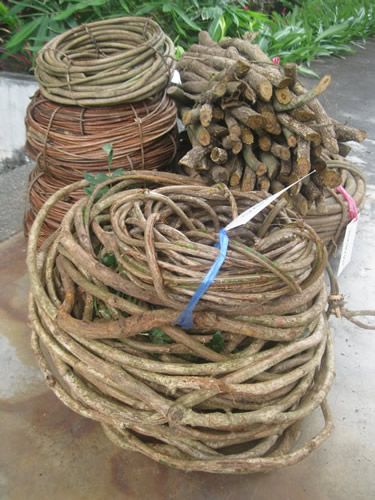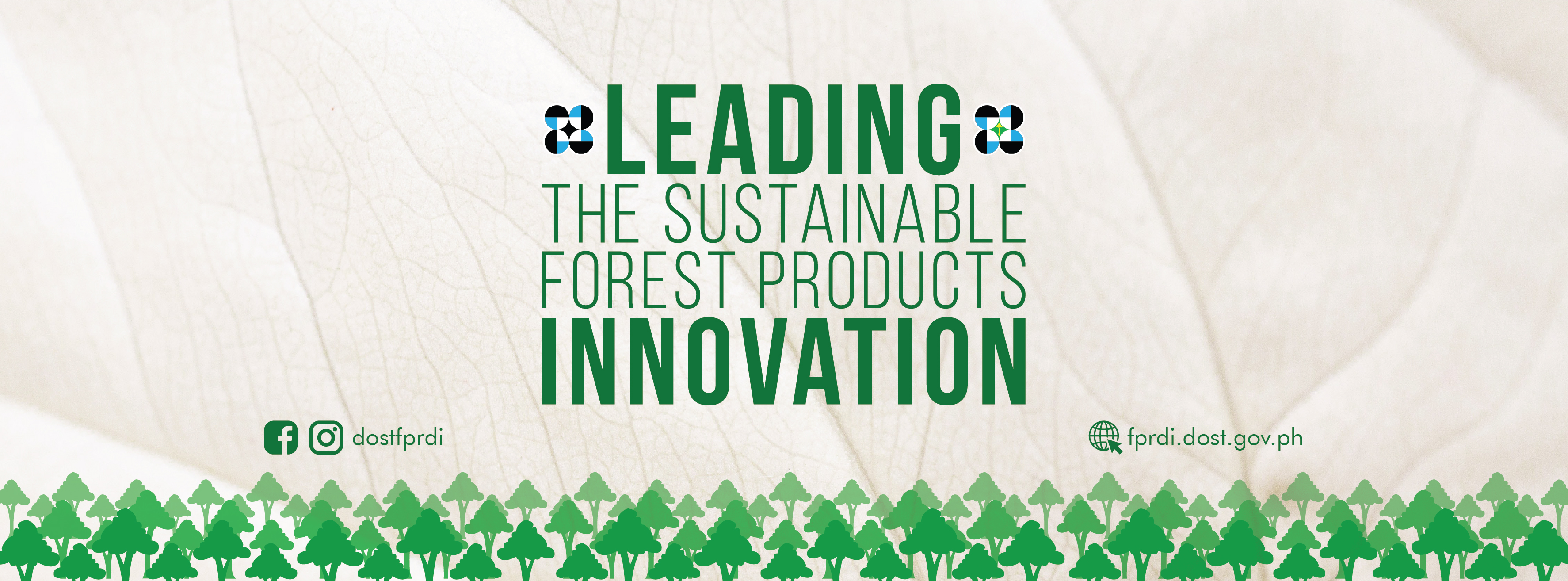
|
| Woody vines grow abundantly across the country. |
Woody vines growing in the forests of the Philippines are an important natural resource that need to be taken seriously. This is what a group of researchers at the Department of Science and Technology’s Forest Products Research and Development Institute (DOST-FPRDI) has found out in the last 15 years.
According to the Institute’s Ms. Mariluz S.P. Dionglay, “Woody vines or lianas are a type of forest plants that remain largely mysterious in the world of science. Although they are tapped for their diverse uses by forest communities worldwide, they are mostly understudied and underutilized.This is why DOST-FPRDI has looked into the physical, mechanical and chemical properties of 20 kinds of local woody vines. We want to understand them better, and see how we can optimize their use.”
“Our results in the chemistry lab have been encouraging,” says Dionglay. “In our latest work, we probed five species – curare or duru-duru, mulawing baging, bulakan, lalapau and abuhab-baging, all harvested from Quezon Province.
They also found out that lalapau is a promising ingredient for pharmaceutical products, while mulawing-baging and curare contain phytochemicals which are known antioxidants. Curare also appears to be ideal for pulp production and a good source of cellulose for bio-fuel and nano-cellulose products, which are high-tech materials used in many industrial goods.
“Because they grow abundantly across the country and because of the hidden gems inside them waiting to be discovered, forest woody vines will continue to be studied at DOST-FPRDI in the next several years. Also, we have success stories from abroad to inspire us. In Ghana, West Africa, some species are now used in pharmaceutical preparations for a large number of diseases, while in Cameroon, another vine is a promising source of anti-HIV drugs,” concludes Dionglay. (Rizalina K. Araral/ January 11, 2018) #











